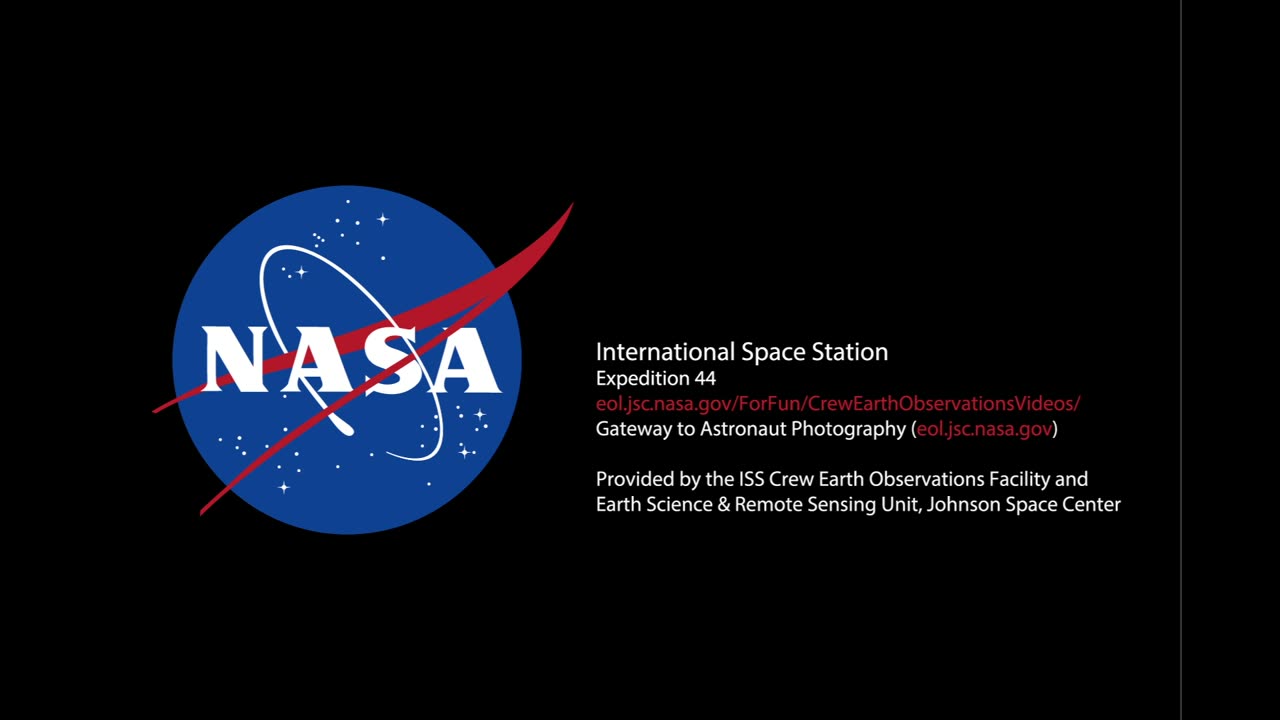Premium Only Content

Why NASA Is Exploring The Edge Of Our Planet: Airglow
The Global-scale Observations of the Limb and Disk, or GOLD, instrument launches aboard a commercial communications satellite in January 2018 to inspect the dynamic intermingling of space and Earth’s uppermost atmosphere. Together, GOLD and another NASA mission, Ionospheric Connection Explorer spacecraft, or ICON, will provide the most comprehensive of Earth’s upper atmosphere we’ve ever had.
Above the ozone layer, the ionosphere is a part of Earth’s atmosphere where particles have been cooked into a sea of electrically-charged electrons and ions by the Sun’s radiation. The ionosphere is co-mingled with the very highest — and quite thin — layers of Earth’s neutral upper atmosphere, making this region an area that is constantly in flux undergoing the push-and-pull between Earth’s conditions and those in space. Increasingly, these layers of near-Earth space are part of the human domain, as it’s home not only to astronauts, but to radio signals used to guide airplanes and ships, and satellites that provide our communications and GPS systems. Understanding the fundamental processes that govern our upper atmosphere and ionosphere is crucial to improve situational awareness that helps protect astronauts, spacecraft and humans on the ground.
GOLD, in geostationary orbit over the Western Hemisphere, will build up a full-disk view of the ionosphere and upper atmosphere every half hour, providing detailed large-scale measurements of related processes — a cadence which makes it the first mission to be able to monitor the true weather of the upper atmosphere. GOLD is also able to focus in on a tighter region and scan more quickly, to complement additional research plans as needed.
-
 17:53
17:53
Forrest Galante
9 hours agoHow I Joined a Dangerous Remote Tribe (feat. Nelk Boys)
36.3K3 -
 LIVE
LIVE
Vocalot
21 hours agoDay 6! New Here! New Rumble Friends!? 🤙
2,354 watching -
 34:27
34:27
The Connect: With Johnny Mitchell
14 hours ago $10.02 earnedCan He Stop Them? Inside Trumps War On Mexican Drug Cartels & The New Era Of Mexican Organized Crime
25.1K10 -
 2:33:15
2:33:15
Tundra Tactical
7 hours ago $8.11 earnedLuis Valdes Of GOA Joins The Worlds Okayest Firearms Live Stream!!!
27.4K -
 1:03:41
1:03:41
Man in America
15 hours agoAre Trump & Musk the COUNTER-ELITES? w/ Derrick Broze
69K36 -
 3:45:08
3:45:08
DLDAfterDark
6 hours ago $9.04 earnedDLD Live! SHTF Handguns! Which Would You Choose?
38.2K2 -
 1:50:38
1:50:38
Mally_Mouse
9 hours agoSaturday Shenanigans!! - Let's Play: Mario Party Jamboree
48.7K -
 1:13:00
1:13:00
Patriots With Grit
13 hours agoWill Americans Rise Up? | Jeff Calhoun
40K13 -
 14:55
14:55
Exploring With Nug
13 hours ago $10.99 earnedWe Found Semi Truck Containers While Searching for Missing Man!
56.7K7 -
 27:57
27:57
MYLUNCHBREAK CHANNEL PAGE
21 hours agoOff Limits to the Public - Pt 3
126K64